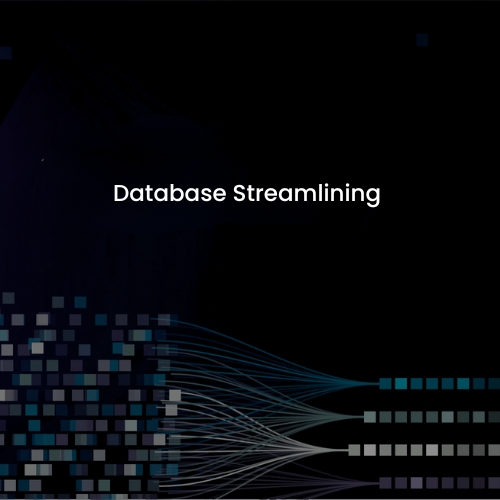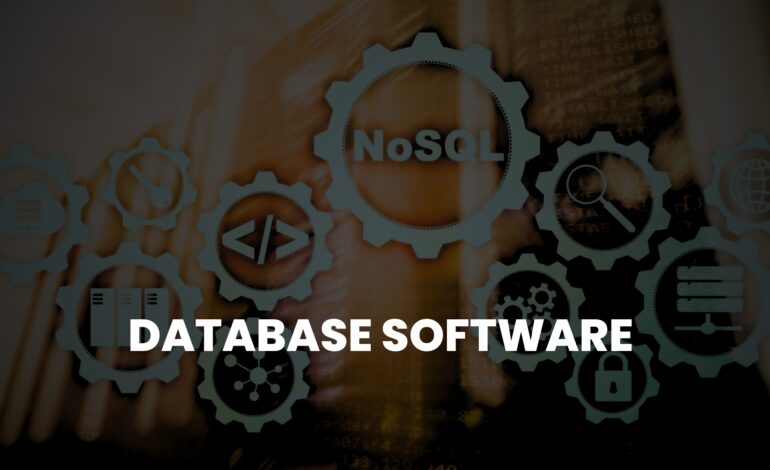Optimizing Operations: The Power of Database Streamlining


In the world of data, less is often more. Database streamlining is like decluttering your digital workspace, making room for efficiency and clarity.
Streamlining a database refers to the process of optimizing and organizing the database structure, operations, and processes to improve efficiency, performance, and overall usability. The goal is to eliminate unnecessary complexities, reduce redundancy, and ensure that the database operates smoothly and meets the needs of its users.
Why is Database Streamlining necessary :
Streamlining is necessary in various aspects of business and operations, including data management and database systems, for several reasons:
- Efficiency: Streamlining eliminates unnecessary steps, reducing complexity and streamlining workflows, leading to faster and more efficient operations.
- Cost Savings: By optimizing processes and eliminating redundancies, streamlining helps cut unnecessary costs, improving the overall financial health of an organization.
- Resource Optimization: Streamlining ensures better use of resources, including time, manpower, and technology, resulting in improved productivity and effectiveness.
- Adaptability: Streamlined processes are more flexible and adaptable, enabling organizations to respond more efficiently to changes in the business environment.
- Customer Satisfaction: Efficient and streamlined operations often lead to better customer experiences, enhancing satisfaction and loyalty.
- Competitive Advantage: Organizations that streamline operations gain a competitive edge by responding faster to market changes, making informed decisions, and staying ahead of the competition
How to Streamline Database :
Database streamlining involves optimizing the processes, tools, and strategies associated with handling and organizing data. Here are practical steps to streamline your data management:
- Define clear Objectives: Clearly define the objectives of your data management strategy. Understand the purpose of collecting and managing data and how it aligns with your overall business goals.
- Centralized Storage: Whenever possible, centralize your data storage. This minimizes data silos and makes it easier to manage and access information. Consider cloud storage solutions for scalability and accessibility.
- Data Governance: Define roles and responsibilities, and ensure that there are standards for data quality, security, and compliance.
- Automation: Automate repetitive data management tasks such as data entry, validation, and reporting. Automation reduces the risk of human error and improves efficiency.
- Security Measures: Implement robust security measures to protect sensitive data. This includes encryption, access controls, and regular security audits to identify and address vulnerabilities.
- Continuous Improvement: Encourage feedback from users and stakeholders to identify areas for improvement. Establish a culture of continuous improvement to adapt to changing business needs and technological advancements.
Also Read : Step by step guide to creating a simple database
In conclusion, database streamlining is an imperative strategy for organizations seeking to enhance their operational efficiency, reduce costs, and stay competitive in a dynamic business environment. By simplifying data management processes, optimizing storage, and implementing effective governance, organizations can achieve improved performance, scalability, and adaptability. The benefits extend to better decision-making, increased data security, and overall customer and employee satisfaction. As technology and business needs evolve, a streamlined database not only meets the current demands but also lays the foundation for future innovation and growth. Embracing the principles of database streamlining is not just a practical necessity but a strategic move toward a more agile, resilient, and data-driven organizational future.








